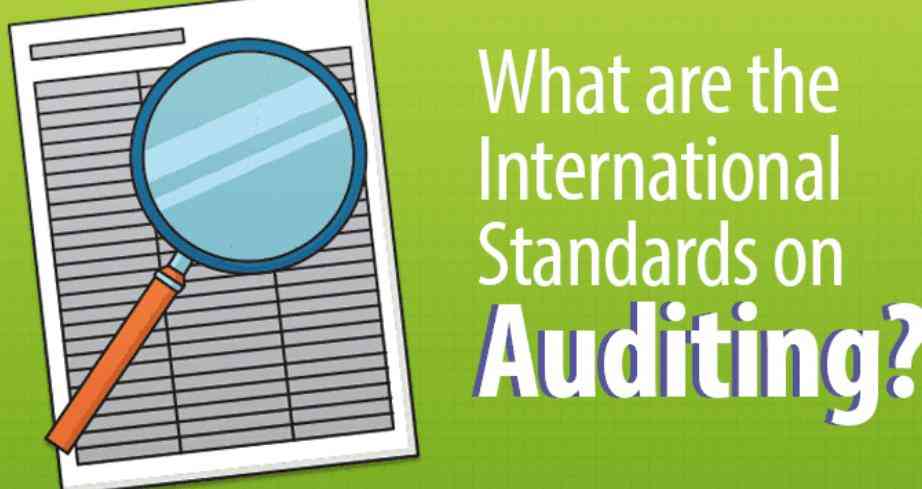|
SLOVENSKI STANDARD
01-april-2023
Zobozdravstvo - Keramični polizdelki, ki jih je mogoče obdelovati (ISO 18675:2022)
Dentistry - Machinable ceramic blanks (ISO 18675:2022)
Zahnheilkunde - Maschinierbare Keramikblanks (ISO 18675:2022)
Médecine bucco-dentaire - Ébauches en céramique usinables (ISO 18675:2022)
Ta slovenski standard je istoveten z: EN ISO 18675:2022
ICS:
11.060.10 Zobotehnični materiali Dental materials
2003-01.Slovenski inštitut za standardizacijo. Razmnoževanje celote ali delov tega standarda ni dovoljeno.
EN ISO 18675
EUROPEAN STANDARD
NORME EUROPÉENNE
December 2022
EUROPÄISCHE NORM
ICS 11.060.10
English Version
Dentistry - Machinable ceramic blanks (ISO 18675:2022)
Médecine bucco-dentaire - Ébauches en céramique Zahnheilkunde - Maschinierbare Keramikblanks (ISO
usinables (ISO 18675:2022) 18675:2022)
This European Standard was approved by CEN on 11 December 2022.
CEN members are bound to comply with the CEN/CENELEC Internal Regulations which stipulate the conditions for giving this
European Standard the status of a national standard without any alteration. Up-to-date lists and bibliographical references
concerning such national standards may be obtained on application to the CEN-CENELEC Management Centre or to any CEN
member.
This European Standard exists in three official versions (English, French, German). A version in any other language made by
translation under the responsibility of a CEN member into its own language and notified to the CEN-CENELEC Management
Centre has the same status as the official versions.
CEN members are the national standards bodies of Austria, Belgium, Bulgaria, Croatia, Cyprus, Czech Republic, Denmark, Estonia,
Finland, France, Germany, Greece, Hungary, Iceland, Ireland, Italy, Latvia, Lithuania, Luxembourg, Malta, Netherlands, Norway,
Poland, Portugal, Republic of North Macedonia, Romania, Serbia, Slovakia, Slovenia, Spain, Sweden, Switzerland, Türkiye and
United Kingdom.
EUROPEAN COMMITTEE FOR STANDARDIZATION
COMITÉ EUROPÉEN DE NORMALISATION
EUROPÄISCHES KOMITEE FÜR NORMUNG
CEN-CENELEC Management Centre: Rue de la Science 23, B-1040 Brussels
© 2022 CEN All rights of exploitation in any form and by any means reserved Ref. No. EN ISO 18675:2022 E
worldwide for CEN national Members.
Contents Page
European foreword . 3
European foreword
The text of ISO 18675:2022 has been prepared by Technical Committee ISO/TC 106 "Dentistry” of the
International Organization for Standardization (ISO) and has been taken over as EN ISO 18675:2022 by
Technical Committee CEN/TC 55 “Dentistry” the secretariat of which is held by DIN.
This European Standard shall be given the status of a national standard, either by publication of an
identical text or by endorsement, at the latest by June 2023, and conflicting national standards shall be
withdrawn at the latest by June 2023.
Attention is drawn to the possibility that some of the elements of this document may be the subject of
patent rights. CEN shall not be held responsible for identifying any or all such patent rights.
Any feedback and questions on this document should be directed to the users’ national standards body.
A complete listing of these bodies can be found on the CEN website.
According to the CEN-CENELEC Internal Regulations, the national standards organizations of the
following countries are bound to implement this European Standard: Austria, Belgium, Bulgaria,
Croatia, Cyprus, Czech Republic, Denmark, Estonia, Finland, France, Germany, Greece, Hungary, Iceland,
Ireland, Italy, Latvia, Lithuania, Luxembourg, Malta, Netherlands, Norway, Poland, Portugal, Republic of
North Macedonia, Romania, Serbia, Slovakia, Slovenia, Spain, Sweden, Switzerland, Türkiye and the
United Kingdom.
Endorsement notice
The text of ISO 18675:2022 has been approved by CEN as EN ISO 18675:2022 without any modification.
INTERNATIONAL ISO
STANDARD 18675
First edition
2022-05
Dentistry — Machinable ceramic
blanks
Médecine bucco-dentaire — Ébauches en céramique usinables
Reference number
ISO 18675:2022(E)
ISO 18675:2022(E)
© ISO 2022
All rights reserved. Unless otherwise specified, or required in the context of its implementation, no part of this publication may
be reproduced or utilized otherwise in any form or by any means, electronic or mechanical, including photocopying, or posting on
the internet or an intranet, without prior written permission. Permission can be requested from either ISO at the address below
or ISO’s member body in the country of the requester.
ISO copyright office
CP 401 • Ch. de Blandonnet 8
CH-1214 Vernier, Geneva
Phone: +41 22 749 01 11
Email: [email protected]
Website: www.iso.org
Published in Switzerland
ii
ISO 18675:2022(E)
Contents Page
Foreword .iv
Introduction .v
1 Scope . 1
2 Normative references . 1
3 Terms and definitions . 1
3.1 Materials . 1
3.2 Properties . 2
3.3 Types of blanks . 2
3.4 Test piece . 2
4 Homogeneity of partially sintered zirconia blanks. 3
4.1 Classification . 3
4.2 Determination of the shrinkage factor, d . 3
4.2.1 Blanks characterized by one shrinkage factor for all three dimensions in
space . 3
4.2.2 Blanks characterized by two or three shrinkage factors . 5
4.3 Recommendations . 6
4.4 Test report . 6
5 Warpage . 7
5.1 Test method . 7
5.1.1 Large zirconia blanks . 7
5.1.2 Medium- and small-size zirconia blanks . 8
5.2 Recommendations . 8
5.3 Test report . 9
6 Dimensional stability post machining crystallization of glass ceramics .9
6.1 General . 9
6.2 Test method . 9
6.2.1 Sample preparation . 9
6.2.2 Characterization before heat treatment . 10
6.2.3 Heat treatment . 11
6.2.4 Characterization after heat treatment . 11
6.3 Test report .12
7 Machining damage .13
7.1 General .13
7.2 Test methods . 13
7.3 Test report .13
8 Machinability using the merlon fracture test .14
8.1 General . 14
8.2 Test method . 15
8.2.1 Dimensions of test geometries . 15
8.2.2 Machining . 16
8.2.3 Characterization of milled specimen . 16
8.3 Recommendations . 17
8.4 Test report . 17
Bibliography .19
iii
ISO 18675:2022(E)
Foreword
ISO (the International Organization for Standardization) is a worldwide federation of national standards
bodies (ISO member bodies). The work of preparing International Standards is normally carried out
through ISO technical committees. Each member body interested in a subject for which a technical
committee has been established has the right to be represented on that committee. International
organizations, governmental and non-governmental, in liaison with ISO, also take part in the work.
ISO collaborates closely with the
...














